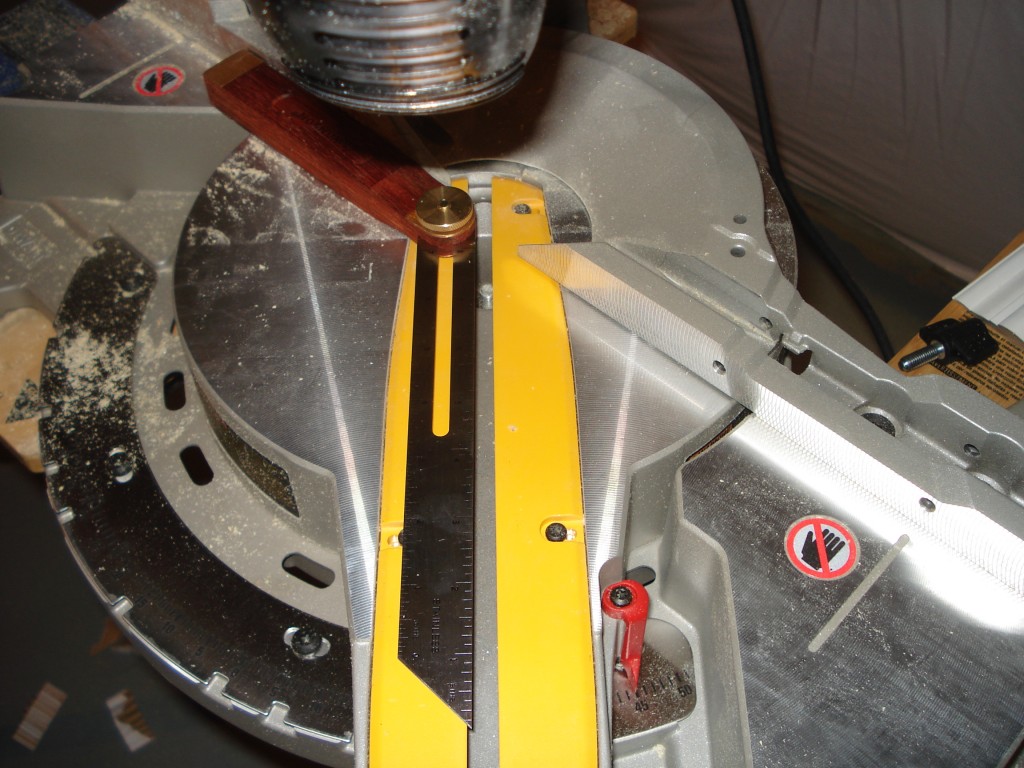This Thanksgiving weekend, despite all the gratuitous turkey related napping, we were able to get a few hours of work done on our trim upgrades. We finished up the installation portion of the chair rail molding that we has started last week. We still have to caulk, putty and paint, but we’ll do all of that at once when we’re done ALL the trim. Yes, there’s more trim work coming so stay tuned.
Since the last portion of the chair rail molding will be installed on a 45 degree wall, I thought I’d to a quick tutorial on how to install trim on odd angled walls.
****WARNING: Although this procedure DOES apply to crown molding, the crown molding will need a special jig to hold the piece to the proper orientation, as we found out this weekend (Ed, talking about you here). ****
How to install trim on odd angles.
1. To start this procedure, I have already marked the wall at 36″ up from the floor (again, see here for the basics of trim installation).
2. I’m going to use a t bevel to help me identify the angle of the wall. Although I know this wall is a 45 degree angle wall, I’m still going to measure it anyway. You could also use a protractor or a couple of rulers. To use a t bevel, loosen the lock nut, position the bevel against the wall making sure both pieces lay flat against both walls and then tighten down the lock nut.
3. Since I don’t have a protractor, I’m going to use the next best thing, my miter saw. With the saw unplugged, I place the t bevel square against the backstop and then turn the saw’s miter until it matches the angle of the t bevel.

4. Once I’m confident the saw’s miter is the same angle as the saw, I can look at the miter indicator to see what angle it’s at. In the photo above, the indicator is landed on 45 degrees.
5. I then return the miter back to 0 degrees and then set the saw bevel to half of the 45 degrees that was identified in the previous step. Half of 45 is 22.5. You halve the angle because the corner on the wall splits the angle in half. So you’ll need to two pieces each cut to 22.5. One piece will be cut from the right, the other from the left. The saw is shown at a 22.5 degree bevel.
6. Here we used a small scrap piece also cut to the matching 22.5 degree angle to test fit the long piece. Once the long piece on the left is glued and nailed in place, I’ll toss away the small scrap and install the actual piece. I learned that trick from Norm Abrams.
Here is the other piece installed. Notice the gap against the wall; make sure you account for that when you’re using your small scrap piece as you may need a longer scrap to avoid the dip in the wall from throwing off your test fit. The gap will be filled later on with some painter’s caulk.
So that’s it. Not too bad. Let me know if you have any questions.
Are there any other clever tricks that you know about? Do you own a t bevel? What else could I use it for?